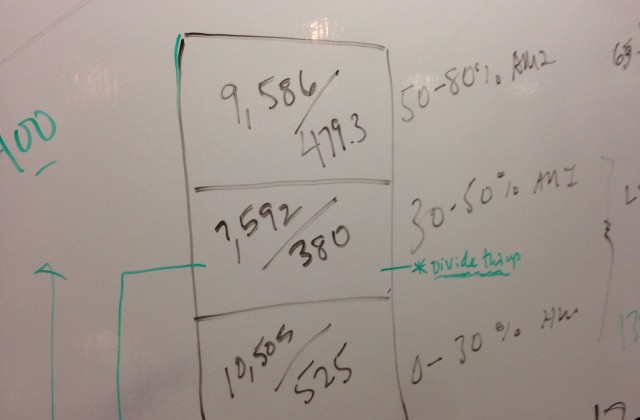Smart Growth Seattle: A Year in Review
This post is also an article in the January edition of Master Builder, the print magazine of the Master Builders Association of King and Snohomish Counties.
I made a presentation about Smart Growth Seattle to the Community Development Round Table in January of this year at a regular meeting of local business leaders convened by the Greater Seattle Chamber of Commerce. The opportunity came thanks to the late Jim Potter. Along with a presentation about micro-housing, I also talked about housing supply and choice. Here’s how I closed my comments:
Join with me, and the partners of Smart Growth Seattle, in making 2014 the ‘Year of Increased Housing Supply.’ Invite us back in a year and ask us about the progress we’ve made in shifting our civic discussion away from scarcity to abundance, from fear of change to having open arms for new people, and a local economy that can provide housing and shelter opportunity for everyone in our city.
How much progress have we made in shifting the discussion in Seattle? To talk about not whether we grow, but how? To be honest, it’s been a tough year. Small-lot legislation was not favorable, with the council adding more rules and limits with confusing height limits calculated on average height of surrounding homes. It is hardly the clear language we had asked and gives less certainty to neighbors and builders.
Then, micro-housing legislation passed, imposing deal busting requirements that are sure to slow down micro-housing production to a crawl, raise rents and make the product scarce. Nationally, other cities are trying to expand micro-housing. They are finding ways to eliminate the process and size limits to get what Seattle accomplished. Meanwhile, the Seattle City Council was reversing course.
Now we’re still facing significant uncertainty about the building of housing in Seattle, as the council contemplates serious reductions in density and housing capacity in the low-rise zones of the city and an exorbitant linkage tax that could add thousands of dollars in costs to new housing projects throughout the city.
What accounts for this growing trend away from the ideal I pointed out? Why the motion towards resistance to change and a clamp down on housing (ironically) in the name of affordability? There isn’t an easy answer, but part of it is the worry and suspicion among many in Seattle is that we are growing too fast. The collective notion is the rate of growth is helping a few and harming many.
Fortunately, I can report that the idea that building more housing of different types in neighborhoods all over the city has caught on as our key message. People now identify the argument about housing price and opportunity as one between whether we build more housing or whether we try to slow growth. That’s the shape of the debate.
It is frustrating that the majority of the city council* seems to be listening to people wanting slowed or no growth. The good news is that we know the evidence is on our side, and Smart Growth Seattle is committed to widening the debate about housing to include all levels of income in 2015. When market rate housing is scarce, it means people with more money can muscle out people with less, and that isn’t fair. When we make it more expensive to build housing by adding rules, regulations and fees, we’re not solving the problem of affordability – we’re making it worse.
*Councilmember Sally Bagshaw voted “no” on the resolution proposing a “linkage tax” and she has actively worked with builders and developers to propose real solutions for Seattle’s housing needs.


